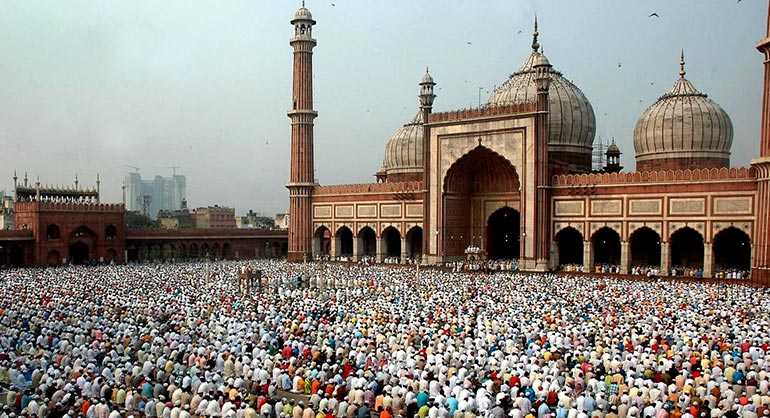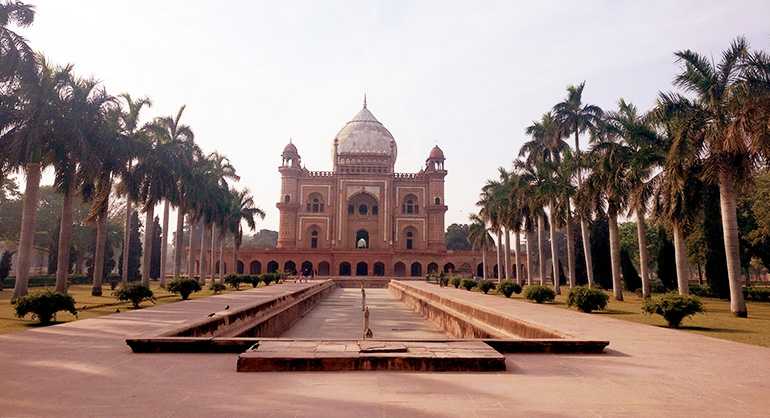Delhi is not one city, but many: For the longest time we have heard Historians speak of the “Seven Cities of Delhi” but, between 1100 A.D. and 1947 A.D., there have actually been eight of them: New Delhi –The 8th city of Delhi. What Lutyens built in the 1930’s? “Here we stand in Delhi city, symbol of old India and the new where the spirit of the ancient city is never dyeing. Delhi has been an epitome of India’s history with its succession of glory and disaster& with its great capacity to absorb diverse cultures and yet remain unique. Rashtrapati Bhavan, Four Bungalows inside the President’s estate, India Gate & Hyderabad & Baroda palaces comprises work of all the brilliant architects who together built New Delhi.

I would like to say that if you are lucky to be in Delhi on a Saturday then nothing more terrific then starting a day by witnessing the change in guard ceremony in the Rashtrapati Bhawan, a colonial tradition which remains unchanged. I reached at 9:30 am in the chilly morning of Delhi winter to witness the ceremony which starts at exact 10:00 AM and ends at exact 10:40 AM in the month of mid-nov to mid-march. I was fascinated to see the ceremony starting with sleek, muscled and well-groomed horses flanking on both side of the gravel path performing in perfect unison to orders belt out by a baritone voice. The Change of Guard ceremony has been open to the public since 2007 and the riders – President’s Bodyguard (PBG) regiment are all taller than 6ft standing strong & alert in their ceremonial regalia. The crisp white uniform and the coat of arms shimmer strikingly in the early morning sunshine. I could help notice that I had goose bumps while I witnessed this bone chilling experience. The brass band is playing in the background & it took me back to the army gallant shows I have seen thanks to my late grandfather who served as a Left anent Colonel with the Indian army. The ceremony is customarily attached to eye boggling spectacles: flashing swords, lances, ear-piercing roll-calls, bugles and much stamping on the ground. I went back to my march pass days in school which we diligently practiced closing to the end of the year for our annual prize giving function. The ceremony lasted for half an hour & I only wished it lasted longer as the experience left a long lasting imprint on my memory.
After the ceremony I started with my visit to the Rashtrapati Bhavan where the starting point is the Fore Court, from which we reached the Durbar Hall (known during the British rule as Throne Room, it is used now for State function such as Defense Investiture ceremony, conferring of Padma Awards, etc.) then the Asoka Hall (a huge rectangle measuring 32 meters by 20 meters, originally built as the State Ballroom. It has an impressive painted ceiling of a Persian style), we continued with the banquet Hall (State Dinning Hall, now known as Banquet Hall where can seat 104 persons.). We continued the visit by passing through the wonderful Mughals Gardens. It is the most extensive and most significant twentieth century interpretation of a traditional Mughal garden. The ornament was inspired by India but the design also has an echo of an English Arts and Crafts garden. The tour ends in the crafts museum, which display number of gift items received by the President during visits abroad or during India but as well pictures of the different States Guests which President of India these last 60 years.

My personal feeling is that being the Official home of the President of India, the Rashtrapati Bhawan is an eminent monument of British Empire and considered to be the best known monument of India & each person must experience what I did to understand how one can never forget it.Right after my tour of the Rashtrapati Bhawan from inside, I walked from Rashtrapati Bhawan…through Vijay path, the ceremonial boulevard where the republic day parade takes place till India Gate. I headed for lunch to Masala Library (Traditional Indian Restaurant) which showcases the finest from the vast historical land of India in Janpath, New Delhi for Lunch.





